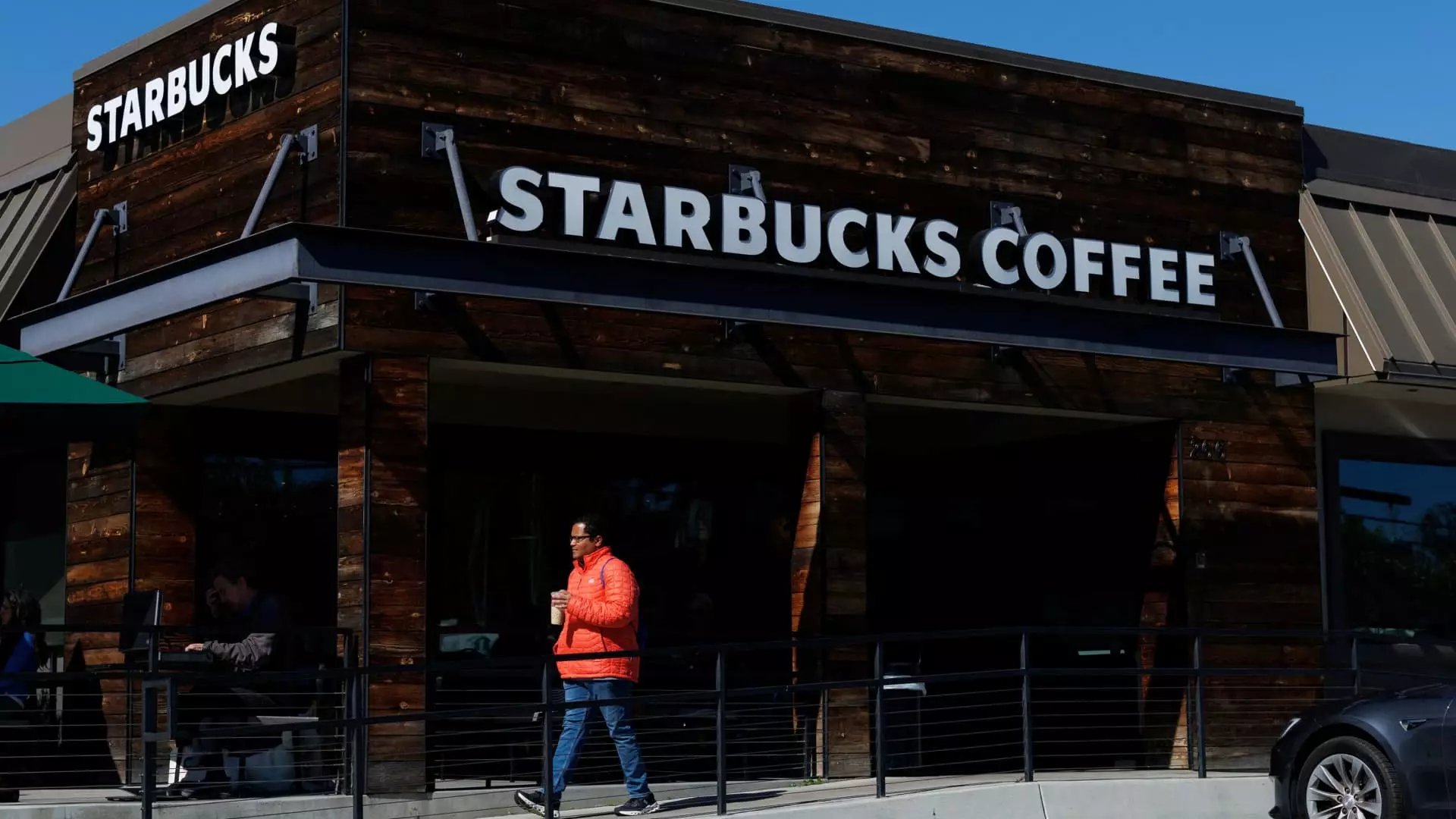Monday’s financial landscape painted a grim picture for the restaurant sector as investors scrambled to respond to the intensifying fears of an impending recession. Such uncertainty is hardly new in the economic roller coaster that typifies our current climate, but what sets this scenario apart is not merely the usual fluctuations; it’s the acute pressure applied by government policies that can ripple outward into various sectors, including dining. The latest wave of tariffs enacted, particularly by President Donald Trump, sent tremors through the market, invoking a sense of foreboding detrimental to investor confidence. For those holding significant stakes in restaurant stocks, this is no mere blip but an indication of lasting implications should consumer spending retract further.
The Tariff Trap: A Mixed Blessing for Restaurants
While it may be tempting to shrug off the tariffs as a manageable burden for restaurant giants, analysts are now bracing for a darker reality. UBS analyst Dennis Geiger aptly summarizes the situation with a hefty dose of pragmatism; the direct cost implications of tariffs may be limited to select commodities. However, he astutely points out that the overarching threat lies in the erosion of consumer spending power and declining overall demand—two factors that are not so easily remedied. This perspective should resonate deeply among investors just as much as it should spur significant concern. It raises the vexing question: if consumers are feeling the purse strings tighten due to tariffs and the consequent inflation, who will be dining out on high-priced lattes and artisanal burgers?
Starbucks and the Broader Industry Decline
Take Starbucks, for instance—the crown jewel of the coffee scene has seen its stock plummet by nearly 20% since the tariff announcement. Analysts suggest that this downturn is exacerbated by a mixture of higher costs and shifting consumer sentiment. In tough times, even the almighty Starbucks can fall victim to anti-American sentiment or could find itself ensnared in their international markets where political stances could easily incite boycotting behaviors. This plunging stock isn’t merely a statistic; it encapsulates a broader tremor felt throughout the industry. With consumers tightening their financial belts, even casual dining chains aren’t exempt; establishments like Dine Brands and Texas Roadhouse saw their shares falter due to the oncoming tide of economic pessimism.
A Bout of Fast Casuals and Fast Food
Even the once-booming fast-casual segment, traditionally a darling in investor portfolios, showed signs of distress. Chipotle, a brand synonymous with rapid growth, is now facing the brunt of slumping stock prices, shedding nearly 2%. What’s particularly alarming is that fast-food chains, typically the refuge of budget-conscious diners during economic downturns, demonstrate early signs of vulnerability. This peculiar trend forces us to reconsider the assumption that consumers will always “trade down” to cheaper options. A decline in patronage from low-income consumers, compounded with a stagnant flow of upper-income shoppers committed to their dining preferences, raises alarm bells. The expectation that McDonald’s will thrive when all else declines may no longer hold true.
The Silver Lining: Occasional Surges Amidst Declines
Yet, amid the dismal data, a few bright spots seem to emerge, underscoring the unpredictable nature of market dynamics. Companies like Dutch Bros and Cava have managed to buck the broader downward trend. With shares of Dutch Bros rising by over 4% even after a prior drop, it’s emblematic of the niche plays that might go overlooked in turbulent times. These smaller, agile players may just find opportunities to thrive where larger competitors lapse into heaviness over their fixed structures and investments.
“Resilience is the name of the game,” and in today’s climate, it may also be the defining trait of the restaurant sector. While some stocks remain in freefall, it’s essential to keep a keen eye on where recovery occurs, ensuring that investors remain strategically positioned to capitalize on the inevitable market shifts.


Leave a Reply